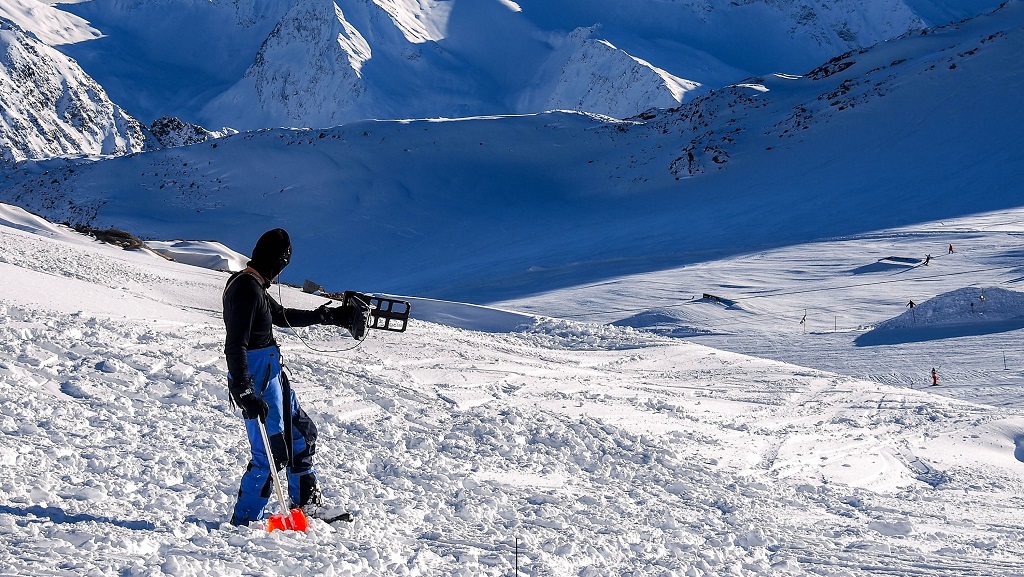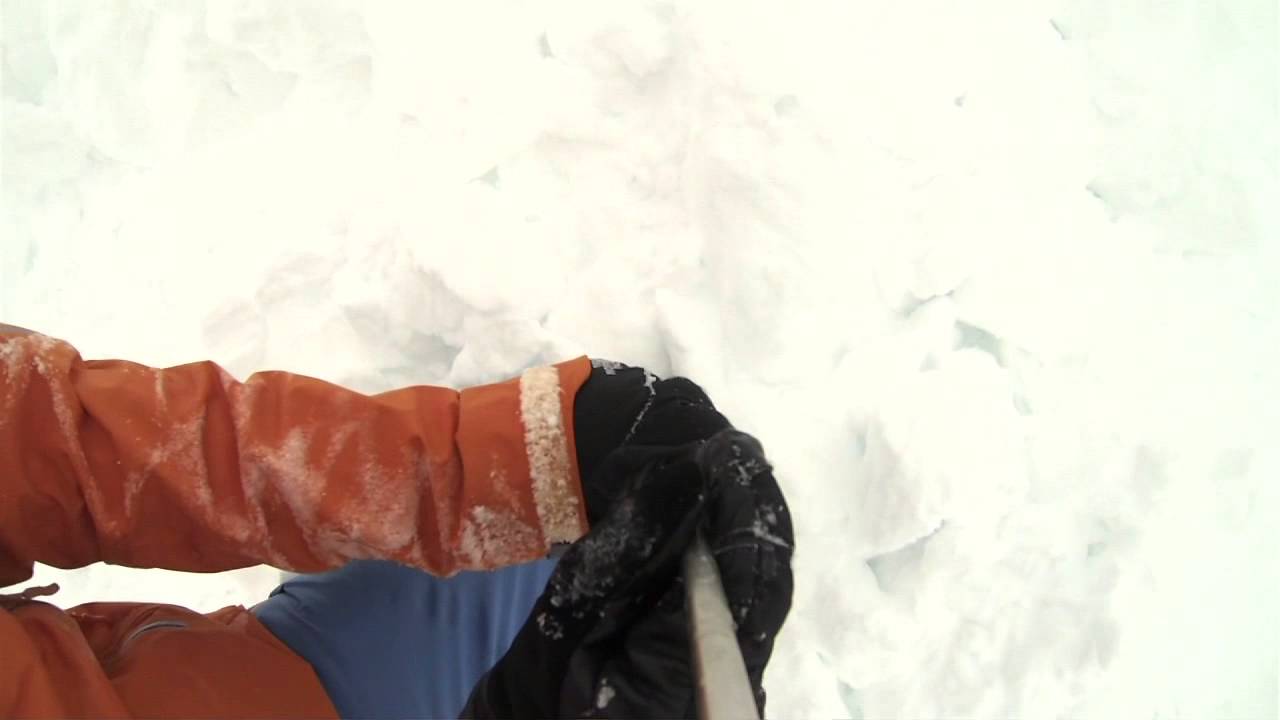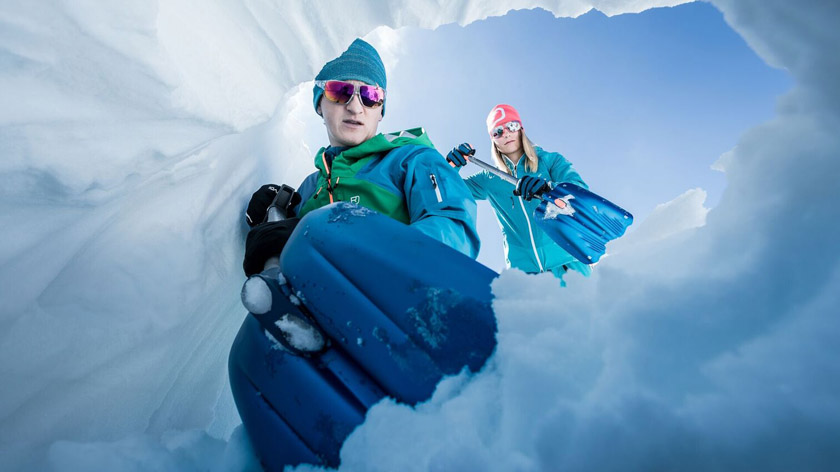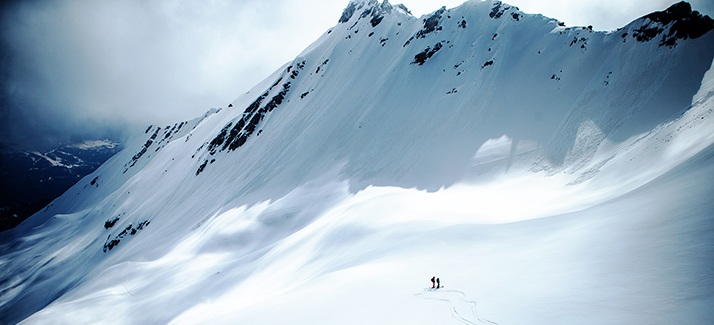Backcountry Skiing Safety: Transceivers, Probes, and Shovels

Read our guide to discover the right gear to keep you safe on the mountain...
If you’re backcountry skiing or snowboarding this season, experience combined with the correct clothing and safety equipment (avalanche airbag, avalanche transceiver, probe, and shovel) and a fully qualified mountain guide are essential for staying safe and having fun off the piste. Read ahead to discover our top tips for staying safe on the mountain before heading out on your next adventure into the backcountry.
How Can I Help Ensure my Safety in the Backcountry?
Safety should always be your number one priority, both on and off the piste. You should always ensure that you have all of the specialist equipment (avalanche airbag, avalanche transceiver, probe and shovel) and know how to use them. A good level of fitness is also essential – remember that the lift system may not cover the area where you are going, so you may be required to hike up the mountain before you can enjoy the descent!
The Ski Club of Great Britain runs avalanche awareness training courses, which we recommend you attend before you travel. Alternatively, you can speak to local mountain guides at your resort to arrange a private session with them. The knowledge and skill of local mountain guides will ensure that you keep away from potential danger and don’t get lost in the backcountry. These guides will tailor your route depending on your group’s skiing ability, the terrain, and the conditions.
Remember: You are responsible for your safety, so if you become aware of any danger, you must inform your guide immediately.
What Clothing Do I Need for the Backcountry?
Layering your clothing helps ensure that you stay cool and comfortable on ascents. As well as base layers, ensure you have a waterproof insulated jacket in your pack to keep you warm on the descent.
Whether you’re skiing on or off the piste, helmets, goggles, and gloves are must-have essentials, not only for your comfort, but for your safety. We also have boots that make hiking ascents easier, and it is possible to buy skins for your skis to allow you to ‘ski’ uphill.
How do I Rescue an Avalanche Victim using my Transceiver, Probe, and Shovel?
Understanding your safety equipment is vital before heading off the beaten track for your adventures. That's why we have expert guides to how to use each piece of equipment should you be involved in an avalanche rescue operation. Ensure you imprint the following information to memory to ensure you know how to use all your safety equipment correctly and safely:
How to use your Avalanche Transceiver
An avalanche transceiver (along with your probe and shovel) is a vital piece of safety equipment you should not head to the backcountry without. It is an essential tool that will aid in rescuing a person should they get buried by an avalanche designed to transmit and receive signals. If you're looking for victims after an avalanche, here are the steps you should take:
- After an avalanche, do a headcount – you must know how many people you are looking for.
- If possible, note where the victims were seen last.
- Appoint a group leader and call for help. Do not leave for help – everyone is required on the scene to help with the search.
- Once the danger has passed, approach the scene and scan the terrain for signs of clothing and equipment – these can help locate the victim.
- Switch all transceiver trackers to ‘scan’ – the leader must verbally confirm this and check that the group has done the same. Tip: Ensure all mobile phones are switched off to minimise interference.
How to use your Avalanche Probe
A probe can quickly help confirm the location of the victim and the depth of the burial. Here's how to use your probe:
- Start probing (carefully and gently) as close as possible to the location of the strongest signal on your transceiver.
- Probe at a 90° angle to the slope in an outward spiral, approximately one boot’s length apart. Keep probing in this spiral until you locate the victim.
- Once you have located the target, leave your probe in place and start to dig from below the position of the probe.
How to use your Avalanche Shovel
A shovel can help to safely dig out buried victims. Here's how to use your avalanche shovel:
- Start digging downhill from the probe to ensure you do not stand on the victim or compact the snow around them.
- Dig a hole that is 1.5x larger than the depth of the burial.
- Ensure that dug snow is thrown to the side of the hole so that you only move snow once.
- If there is more than one person in the rescue party, increase the number of people digging to speed the process up.
- Dig as quickly as possible. If there is more than one person in the rescue party, take turns to keep up the pace. Remember, speed is of the essence!
- If there are two of you in the rescue party, have one person digging behind the other. If there are three or more, have two people digging closest to the probe with two more below it.
- In the event of multiple burials, keep the team searching while others start the rescue.
- Try to uncover the victim’s head first to ensure they can breathe.
- Once the victim has been found and uncovered and is safe, send someone for help.
Off-Piste Safety Gear List
Ensure you have all you need for the backcountry with our fantastic off-piste safety collection:
Related Articles

Let us know you agree to cookies
We use marketing, analytical and functional cookies as well as similar technologies to give you the best experience. Third parties, including social media platforms, often place tracking cookies on our site to show you personalised adverts outside of our website.
We store your cookie preferences for two years and you can edit your preferences via ‘manage cookies’ or through the cookie policy at the bottom of every page. For more information, please see our cookie policy.







